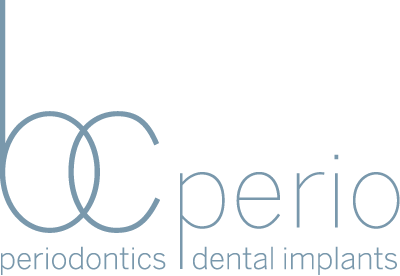The practice of using dental implants to support crowns, bridges and dentures as well as restore tooth loss, has been an exciting development in the world of dentistry. From the very crude blade style implant to the highly successful implementation of titanium used today, dental implants have become the accepted treatment to provide patients that have sustained tooth loss an opportunity to restore one or more lost teeth.
Intense research into the use of titanium commenced in the 1950’s. While testing titanium to promote bone healing and regrowth, a Swedish orthopedic surgeon named P.I. Branemark placed titanium in the leg of a rabbit. When he attempted to retrieve the titanium, he found that the metal had become impossible to remove as the titanium had adhered so completely to the bone in the rabbit’s leg.
Feeling like he had made quite a discovery, Dr. Branemark continued testing the use of titanium in animals, then made the natural leap to testing it in humans. However, instead of pursuing the use of the expensive metal in knee or hip surgery, it was decided that there were many more test subjects if the implants were placed in patients that had sustained tooth loss.
Therefore, in 1965 the first titanium dental implant was surgically placed. The process of titanium fusing to bone tissue takes place over several months and is called osseointegration. Half a century later, research continues into trying to improve on titanium for use in dental implants.
Dental implant technology was introduced in the United States in the late 1960’s and has graduated into a highly accepted and widely used procedure by periodontists and general practitioners to restore tooth loss.
Trauma, decay and dental disease can claim teeth making eating, speaking and smiling a challenge. But by placing the dental implant, during the healing process the implant will fuse to the bone to act like the root of a natural tooth giving strength and support to the final restoration.
When healed, the restorative component, which is designed to match the color and shape of surrounding teeth, will be permanently cemented to the implant making it virtually indistinguishable from natural teeth.
The patient will be able to return to normal eating habits, speaking without fear and embarrassment, and smile with a renewed self-confidence now that tooth loss has been restored.
To learn how you can benefit from dental implants, contact the office of Dr. Brad Crump, serving Highland Park and neighboring areas, at 214-443-0876 to schedule your individualized consultation.
